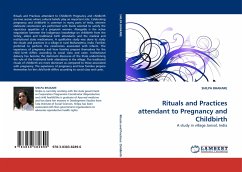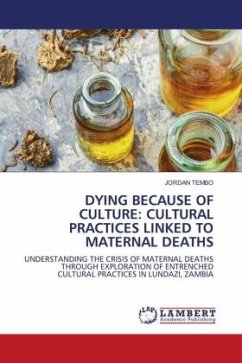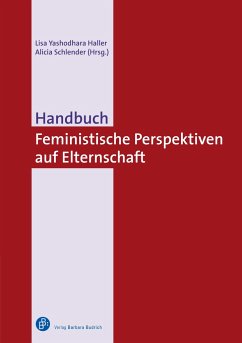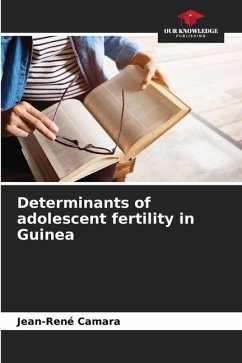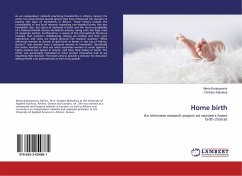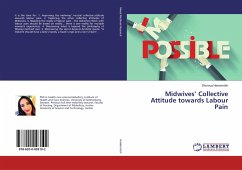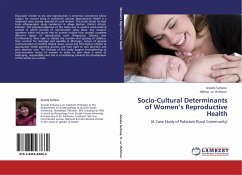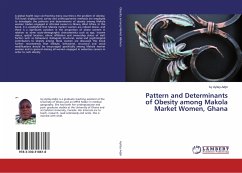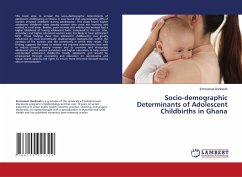
Socio-demographic Determinants of Adolescent Childbirths in Ghana
Versandkostenfrei!
Versandfertig in 6-10 Tagen
27,99 €
inkl. MwSt.

PAYBACK Punkte
14 °P sammeln!
This book aims to unravel the socio-demographic determinants of adolescent childbearing in Ghana. It was found that approximately 49% of women initiated childbirth during adolescence. This study found higher adolescent childbirth rates among women who were not working and resided in rural areas. Besides, poor women and middle-class women had a higher likelihood of having adolescent birth, compared to the rich. Also, secondary and higher educated women were less likely to have adolescent birth. These findings show that adolescent childbearing was greatly influenced by socio-economically disadva...
This book aims to unravel the socio-demographic determinants of adolescent childbearing in Ghana. It was found that approximately 49% of women initiated childbirth during adolescence. This study found higher adolescent childbirth rates among women who were not working and resided in rural areas. Besides, poor women and middle-class women had a higher likelihood of having adolescent birth, compared to the rich. Also, secondary and higher educated women were less likely to have adolescent birth. These findings show that adolescent childbearing was greatly influenced by socio-economically disadvantaged backgrounds within the contexts of the women and the community in which they reside. This finding suggests the need to initiate and improve interventions that seek to reduce poverty among women and to promote and encourage adolescent girls to pursue secondary and higher education to help reduce unintended adolescent childbirths. Finally, adolescent girls should be empowered through counselling and education on reproductive and sexual health options and rights to ensure more informed decision-making about contraception.



